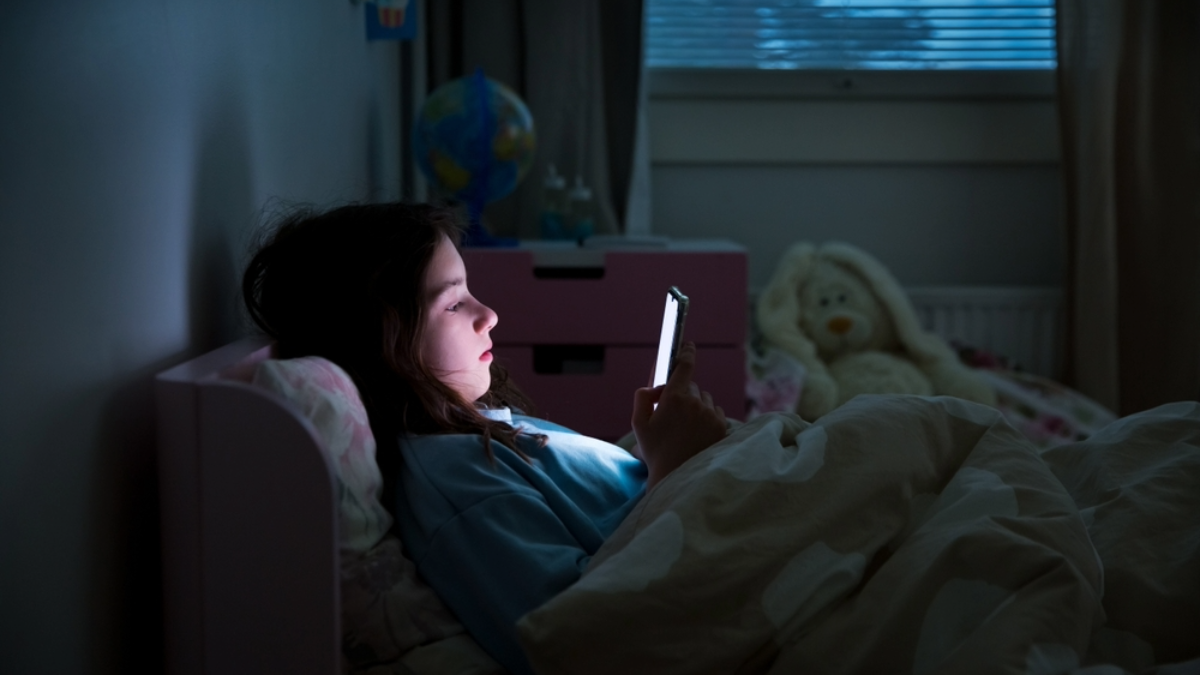The Coming Wave of Child Influencer Regulation
Marissa Edmund / Jul 25, 2025Marissa Edmund is the State Policy Lead at the Family Online Safety Institute (FOSI), whose 30+ members include leading telecommunications, social media, cybersecurity, gaming and internet companies.
What protections do kids have when their childhood becomes content? With the rapid rise of child and family influencers, this question has never been more urgent.
The US enacted its first child labor laws in the early 1900s that established minimum ages for work, prohibited jobs for minors, and implemented financial protections for child actors, known as the Coogan Law. Now, the definition of work has evolved, and an unprecedented number of minors have not only carved out careers as influencers, but also as the breadwinners of their families.
In response, states are increasingly stepping up to protect kids’ financial interests and empower child content creators to control their digital footprints.
The problem
Hulu’s "Devil in the Family" and Netflix’s "Bad Influence" are the most recent series documenting the dark side of content creation involving minors. "Devil in the Family" follows former mommy vlogger Ruby Franke and the disturbing abuse against her children, resulting in her conviction and imprisonment. In the equally disturbing accounts of abuse and exploitation by “momager” Tiffany Smith, "Bad Influence" follows how Smith exposed minors to extreme cases of exploitation and abuse for the purpose of generating monetized content.
From recorded child abuse to financial exploitation, these series highlight the most extreme cases of harm towards children forced to have their most vulnerable moments publicized to millions of strangers. For children, monetized content can often blur the line between work and play. It is even more challenging for minors to consent when their parents are the ones producing content and managing their social media accounts.
While Franke and Smith represent some of the most egregious cases, it’s not just stories like these that should give us pause before uploading our kids’ lives. Sharing a minor's content can have a substantial impact on their emotional wellbeing, and poses a raft of pressing questions. Who has access to these images? Has the child consented to this content? Do kids feel pressured to post when their parents are the producers?
The wave
Illinois became the first state in the US to pass a new kind of child influencer law in 2023. With the help of youth advocate Shreya Nallamouthu, the state passed SB 1782, which updated the state's child labor laws to:
- establish vlogging as work;
- require parents to keep documentation of the child featured in their content, including the age of the minor and how many minutes their likeness was featured; and
- establish a trust fund account that sets aside a portion of the revenue from content featuring the child.
Since then, Minnesota, Montana, California, and Utah have passed similar laws. California’s law mirrors Illinois’ with a small difference in the required percentage to be set aside for the minors’ trust account. Similarly, Minnesota’s H3488 has the same requirements with two distinctions:
- Minnesota prohibits minors under 14 from engaging in content creation as a job themselves
- The law features a divisive clause often referred to as “the right to be forgotten”
The clause is significant because it allows an adult who was featured in content as a minor to request that the account holder remove that content. However, there are some instances when the complete deletion of this material could be problematic, especially if evidence of abuse is needed for law enforcement.
In April, Utah became the latest state to pass a bill aimed at protecting child influencers, but their approach differs the most from the others. Utah’s HB322 has similar trust fund account requirements, but only for parents who have already generated at least $150,000 in revenue from their content creation. This distinction is significant because minors will only receive compensation if their parent (or account holder) is an established content creator, rather than having a percentage immediately set aside for any revenue generated with a child’s likeness.
These laws codify content creation as work for minors and help protect earnings they have helped generate. While this is not a silver bullet to address all of the potential harms of minors rising to internet fame, it can be a great first step to protecting child influencers.
The solutions
Current state laws primarily apply to content that generates revenue. This tackles one key aspect of child influencing: financial exploitation. These laws are an important way to categorize child influencing as work and ensure children are compensated for revenue they have helped generate. Additionally, some of these laws include the “right to be forgotten,” which allows individuals who did not consent to the content that was uploaded the agency to seek recourse. These are critical first steps in the pursuit of keeping children safe online, but they are only one piece of the puzzle.
Legislation cannot remain the singular solution to prevent the exploitation of children through content. The values and practices around what is shared and with whom start before content is uploaded. Tech industry leaders, parents and families, and policymakers all have a role to play in protecting child influencers.
- Platforms should make privacy settings easy to use, conspicuous, and promote best practices for featuring minors on their services, such as YouTube’s guidance for featuring children in content. (Disclosure: YouTube-owner Google is a FOSI member.)
- Families should ask consent from minors before uploading, stay educated on the privacy implications of posting content of minors, and utilize the highest privacy settings if content will ultimately be shared.
- Policymakers must pass effective laws to protect the economic interests of child influencers by establishing this role as work, ensuring they are fairly compensated, and providing an avenue for impacted individuals to choose what is shared about them online.
Above all else, consider what is in the best interest of the child, both their emotional and psychological wellbeing. And think about what impact this very personal content will have on their future lives.
Authors

